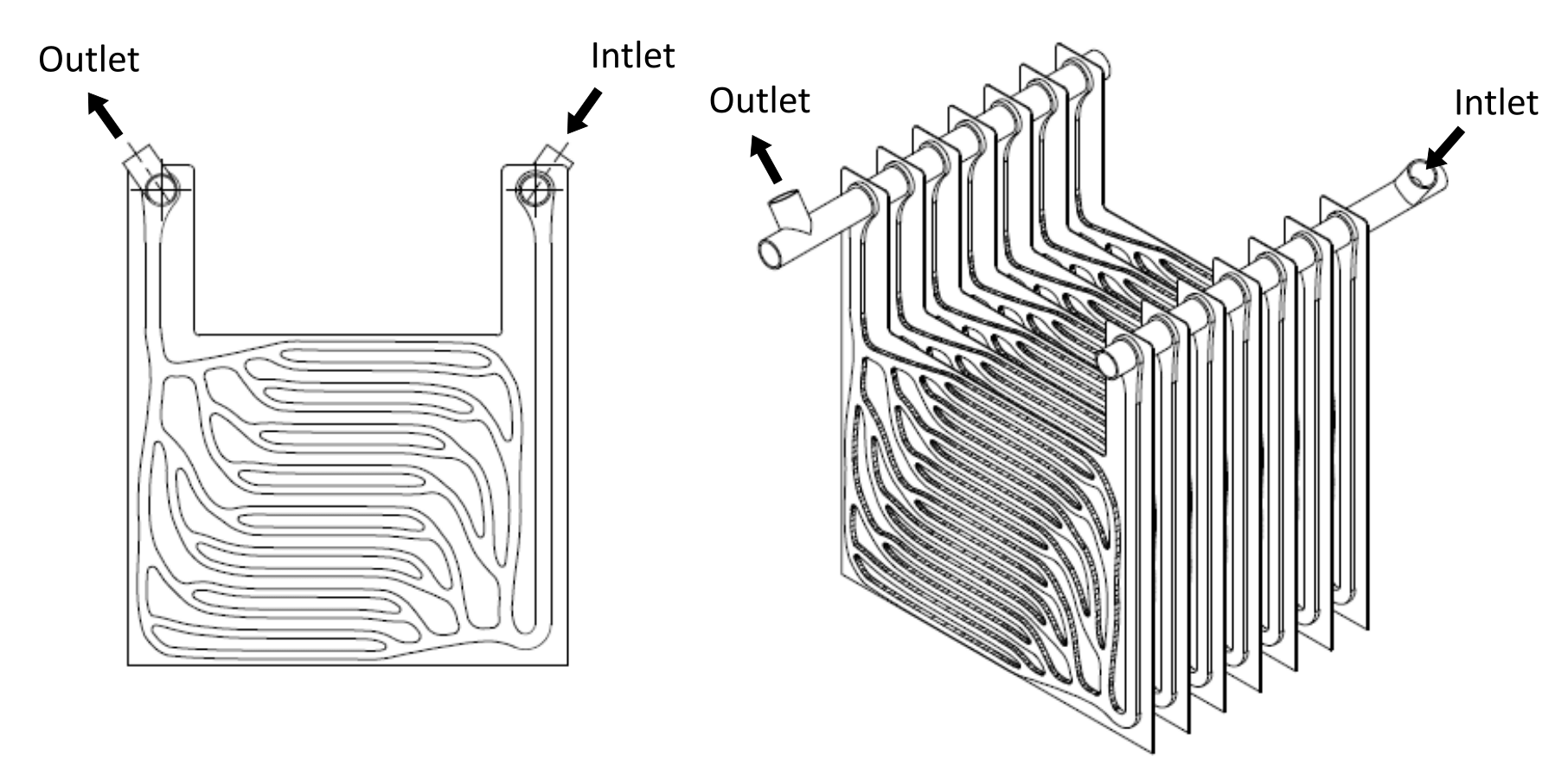| Laufzeit: | 06/2019 - 09/2023 |
| Auftraggeber / Zuwendungsgeber: |
EU Horizon 2020 |
| Kooperationspartner: | TWI Limited, UK; VITO, Belgium; Zorlu, Turkey; CEA, France; Atlas Copco, Belgium; EGEC, Belgium; Spike Renewables, Italy; Orkuveita Reykjavikur SF, Iceland; University of Iceland, Iceland; METU, Turkey; Bertin Technologies, France; Gerosion, Iceland; Kadir Has Universitesi, Turkey; Technovative Solutions, UK; Flowphys, Norway; P. Vald, Iceland; COSVIG, Italy; Nyskopunarmidstod Islands, Iceland |
| Webseite: | geosmartproject |
| Projektfokus: |
GeoSmart
Technologies for Geothermal Power Plants to Enhance Competitiveness Through Smart and Flexible Operation


Geothermal power plants are currently run as baseload supply, due to the limited flexibility to throttle the well without scaling and liner fatigue problems. The plants are engineered for maximal efficiency at nominal output level. In future electricity grids geothermal power plants need to be able to operate with a high level of fast flexibility.
The project GeoSmart aims to optimize and demonstrate innovations to improve the flexibility and efficiency of geothermal heat and power systems. Demonstration installations in Insheim, Germany and Kizildere 2 plant in Turkey will be built within the project. Fraunhofer ISE is responsible for three aspects within the project.
The first is the evaluation of an alternative thermal storage concept based on Phase Change Materials (PCM). According to the operation conditions of the plant different materials were selected and investigated regarding their storage and aging behavior. Additionally, Fraunhofer ISE developed a plate type heat exchanger concept (see figures). Both of these topics were researched in accordance to the system requirements and economic feasibility.
The second area of focus is the evaluation of various concepts for the integration of solar thermal heat or heat from biomass in geothermal power plants. After thoroughly reviewing literature, Fraunhofer ISE modelled the reference Geothermal power plants to better understand their functionality and to create a performance benchmark. Moving forward, hybrid Geo-Solar thermal plants will be modeled to investigate techo-economic feasibility as well as identify potential sites for potential deployment.
Lastly, an analysis of system integration into the European Energy/Power system is being examined by applying the energy system model ENTIGRIS of Fraunhofer ISE. This analysis identifies Geothermal market viability, its ability to support European power grid network demands, and will show how Geo-Solar thermal plants can ultimately contribute to a higher flexibility of the power grid.